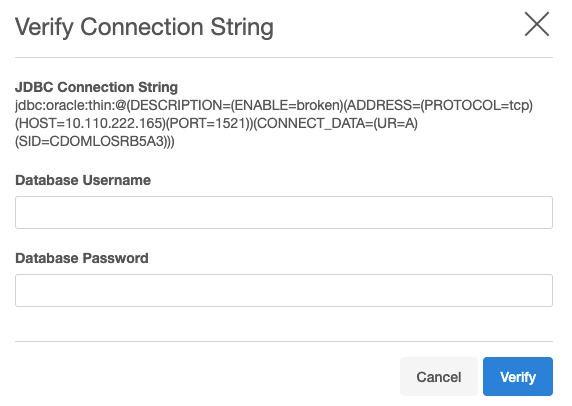Listener and JDBC verification
As with any database, a VDB needs to have a listener in order for external connections to be made. The Delphix Engine also uses a JDBC connection string in order to connect to a source or target database. If the engine does not have the proper listener or JDBC connect string defined, then connection errors can result.
Verifying the listener configuration
Verify that a listener is running on the source or target environment that you are investigating.
Login to the Delphix Management application.
Click Manage.
Select Environments.
Click on the environment in which you are troubleshooting.
On the Configuration tab, locate the Listeners section. Verify that the listener for the source or target system is listed there.
If a listener is not listed, it may be due to insufficient privileges on the part of the environment user that the engine is using. Verify that the proper sudo permissions have been granted for the user, or adjust them as necessary.

If you need to add another listener, you can do so manually.
Click the plus (+) sign.
Enter the appropriate values using the above image as a reference.
Verifying the JDBC connection string
Each source database and VDB has a connection string defined. If any parameters have changed, you may need to adjust these connection strings.
Verify that a listener is running on the source or target environment you are investigating.
Login to the Delphix Management application.
Click Manage.
Select Environments.
Click the environment in which you are troubleshooting.
Select the Databases tab.
The source database or VDB which you are investigating will display the JDBC connection string being used for the given database.
To verify that the connection string works, click the checkmark to the right of the connection string. You will then see the username and password text boxes.
Enter the Oracle username and password used by the Delphix Engine.

If no errors are encountered and the username/password dialogs simply go away, then a successful connection was made to the database.
If errors are encountered, you must investigate them on a case-by-case basis, just as you would do with any connection errors to an Oracle database.
